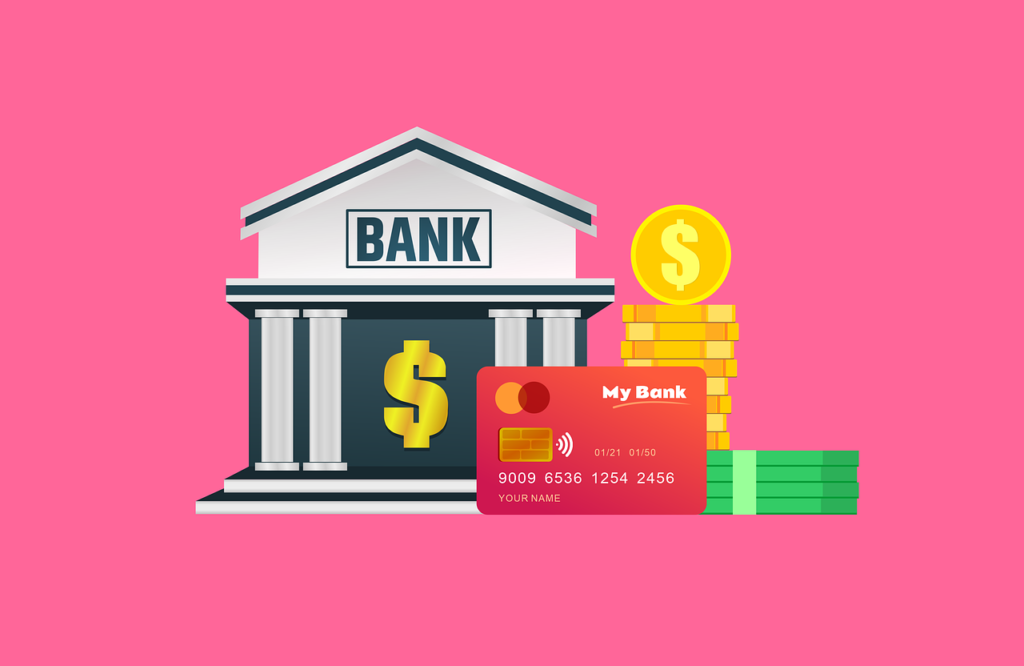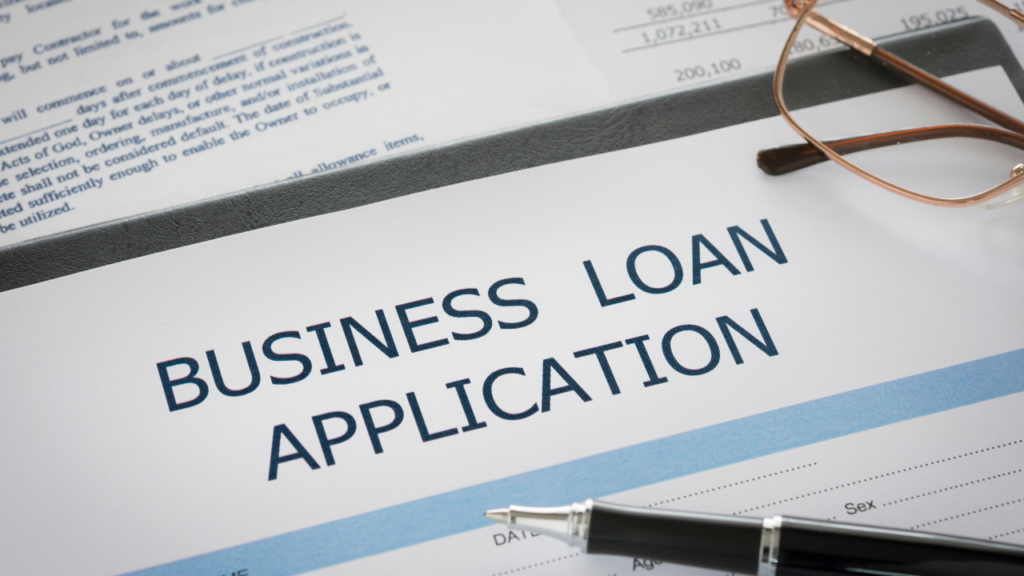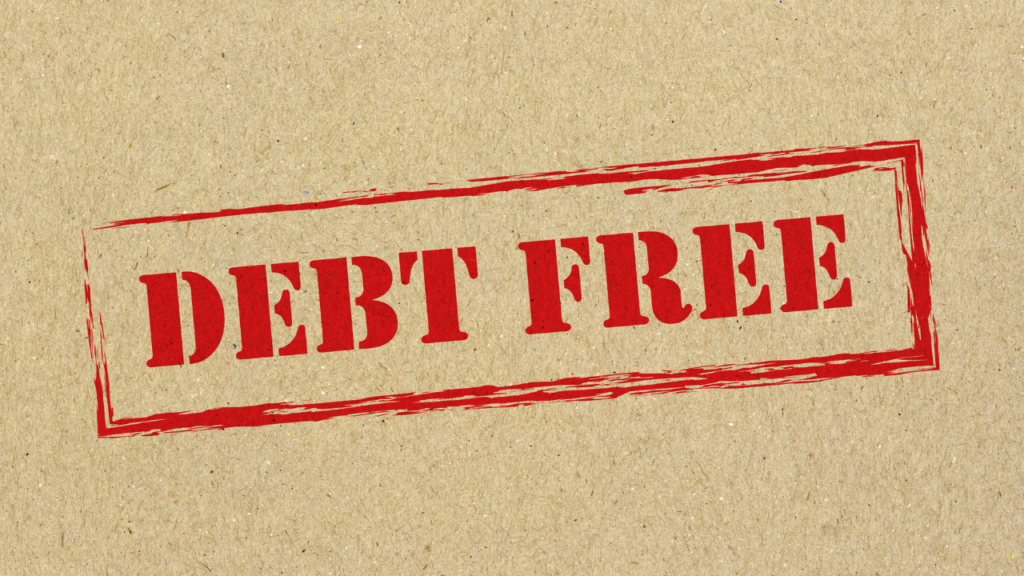Establishing your company from the beginning often means getting into business debt. It provides the first compulsory capital required to launch items and covers operational expenses until the business takes off.
Companies like Airbnb and Uber have used debt as a catalyst for success.
There are 3 methods for a business to get financing:
- debt financing,
- equity financing (selling shares to potential investors),
- or a combination of both.
This article will explain what debt financing is. Let’s dive into:
Business Debt – What Is It?
To obtain capital, businesses often turn to debt financing, which entails taking on a loan that must be repaid (often along with interest) at a future stage.
There are three main types of business debts:
- Installment loans (where payments are spread out over a certain number of months).
- Revolving loans (where funds can be borrowed from an established line of credit).
- Cash flow loans (where borrowing is contingent on a company’s projected cash inflows).
Loan terms may be short-term (6 months to 2 years), intermediate (3 years to 5 years), or long-term (10 years or more) (5 years).
Differences Between Business Debt and Personal Debt
Business and personal debt could be easily mixed based on how you manage your company and maintain your credit records. However, if you’ve taken out loans to launch your business, you’ve incurred business debt (or to keep it flourishing or to expand).
However: if your company’s (for whom you’ve taken the loan) annual revenue is less than one million dollars, the vast majority of the money you owe to creditors is generally regarded as personal debt, not business debt.
Here is a check for distinguishing the two:
Have you put your name on the loan agreement? If this is the case, then it is a personal loan.
If your company cannot make its loan payments, who will the payday lenders go after for repayment? It’s a personal loan if they’re going to go after you.
If you don’t live up to your half of the bargain, would you have to give up any of your personal property? If this is the case, you have a personal loan.
If you are afraid to get into such a situation, don’t worry; precautions exist to avoid such happenings.
However, the most important thing to remember is that you should fundamentally treat personal and business debt the same (in your mind), so you better take care of that.
Is There an Optimal Level of Debt for a Business?
As a business owner or entrepreneur, you may have realized that borrowing money is sometimes good.
Sooner or later, you’ll need more funding to open a new shop, renovate an existing one, purchase necessary equipment, or hire qualified employees. The fastest method to achieve this is to apply for financing.
However, you know you’re in over your head when surrounded by creditor sharks with no way forward. Managing your day-to-day cash flow may be challenging when you must simultaneously pay your employees and vendors. And then things may quickly become out of control if you add in things like credit cards, lines of credit, and debts.
It would be helpful for business owners if they knew how much debt they should take on. 
Factors that may be counted on to help set a reasonable debt level for a business.
You can always depend on accounting measures if the restless nights aren’t enough to persuade you how much debt your company should take.
These accounting metrics and statistics may gauge your company’s financial strength. They are a collection of acronyms and ratios that give lenders an overview of how effectively you meet your current obligations.
-
Debt-To-Income Ratio
A debt-to-income ratio estimate is helpful when deciding how much debt a small business should have. Why? Because it shows how much money you spend each month and how much you take in.
To calculate, tally up your monthly costs and divide that by your gross monthly revenue.
You don’t need zero debt; having some debt demonstrates that you’re not afraid to take risks to expand your business. Just be sure that your debt doesn’t go any higher than your income at any cost.
-
How much debt should a business take?
A debt-to-income ratio of 36% or below is ideal. If it is slightly higher, that’s fine; try to keep it below 50%. At this level, your debt is more manageable.
-
Calculate EBITDA
In addition to revenue, EBITDA is a valuable indicator of a company’s financial strength. Earnings before interest, taxes, depreciation, and amortization are shortened to EBITDA.
Although it is most often seen in the financial reports of large corporations, this metric is instructive for enterprises of all sizes. The greater the number, the healthier your cash flow. You can calculate EBITDA by using any of these 2 formulas:
Operating profit + depreciation + amortisation= EBITDA
Net income + interest + taxes + depreciation + amortisation= EBITDA
-
Credit score
Lastly, there is your credit score. Your business also carries a credit score, just the same as your finances. Both will be considered when deciding how much debt a business should have. Your business credit score will fall within a range of 1-100, with a higher score indicating debt management competence.
Another option is to evaluate your company concerning others in the same industry. According to Experian’s 2016 survey, the most recent statistics available, the typical small company in the United States has a debt of $195,000. Remember that this is an utterly made-up figure with no relation to actual money made or earned. As a result, you should only rely on a little when assessing whether or not your business has accumulated excessive debt.
How to Pay Off Your Business Debt Fast?
The debt snowball is a common and effective strategy for managing debt. Once you have accumulated a minimum of $1,000 in an emergency fund, you should immediately begin paying off your debt. The procedure is as follows:
Make a list of your debts, starting with the smallest. Make minimum payments on all your obligations, and save the lowest ones. Focus all of your energy on paying off the lowest debt first.
Pay off the lowest debt first, then make minimum payments on the remainder while applying for the price from that debt’s payoff to the following slightest obligation. Let the snowball accumulate. The more debt you can eliminate, the larger your snowball will become.
The Solution
With business debt, however, we suggest a different approach.
First, make sure you’re earning enough money to support yourself. While it’s true that you probably shouldn’t be paying yourself enough to buy that shiny new Tesla you’ve had your eye on (at least not just yet), it’s also true that you shouldn’t be struggling to make ends meet on a diet of Ramen noodles and Spam either.
After you have secured a decent salary, you will start making payments against the debt incurred by the company. We suggest you invest heavily in paying off your debt and using the remainder to grow your retained earnings.
Since you are in charge of the business, it is up to you to decide what proportion of your earnings should go toward paying down that raging mountain of debt. However, remember that a more significant sacrifice will make you debt-free much faster. You may adopt the 80/20 rule of thumb as your guiding principle. Pay off debt with 80% of your earnings and use the remaining 20% to grow your business.
What would be the retained earnings, then? That is precisely what I was thinking. You may use this money for anything from unforeseen bills to taking advantage of new opportunities for your company. Not only will it aid you through quiet months, but it will also assist you when that once-in-a-century opportunity knocks on your door. Indeed, this money allows you to seize opportunities when they present themselves to you.
Running a business may be a solitary endeavor, but it should not be. It’s not a sign of weakness to seek guidance on success, whether you’re a solopreneur or leading a large and productive team.
Conclusion
The success of a business relies on several factors, including growth strategies, financial evaluations, and debt management.
Suppose you are considering launching your own business. In that case, we hope that the following article will assist you in avoiding bad debt and getting control of your company’s financial performance, allowing you to be more confident in your endeavors.
For any suggestions or questions, comment below or follow us for more.



